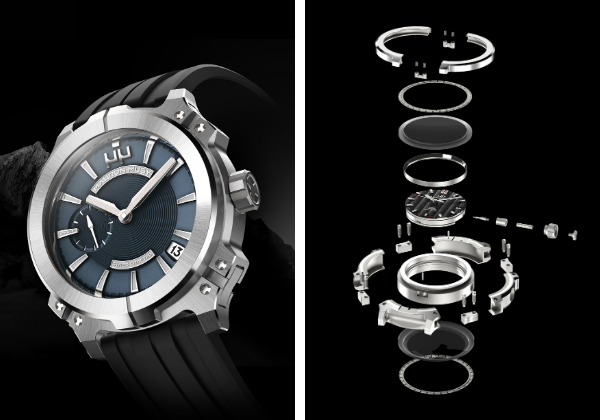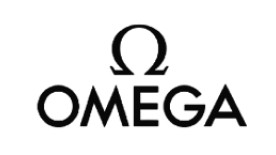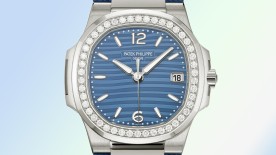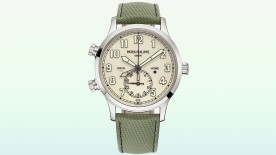You might be tempted to think of the history of diving watches as a race to reach ever greater depths. But between the honourable Fifty Fathoms by Blancpain (90m) and the 10,000+ metres achieved by Rolex, there is a world of possibilities. On the one hand, you have incredible feats; on the other, everyday wearability. Prototypes here, versus production watches there. Civilian and military. Quartz and mechanical. There is an ocean of subtle details to navigate!
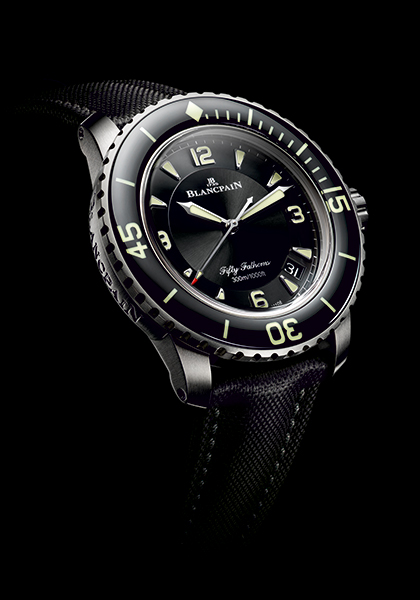
The 300m threshold
Today, a “divers’ watch” is a watch that meets the specifications of the ISO 6425 standard. One of its criteria is the need to be water resistant to a depth of at least 100 metres. Most watches can achieve this without too much difficulty, which is why, in reality, dive watches are generally expected to be waterproof to 300 metres. It’s no coincidence that many brands have adopted this reference point for their own diving timepieces: Omega Seamaster 300, Eberhard Scafograf 300, Doxa Sub 300, Mauron Musy Armure, etc.
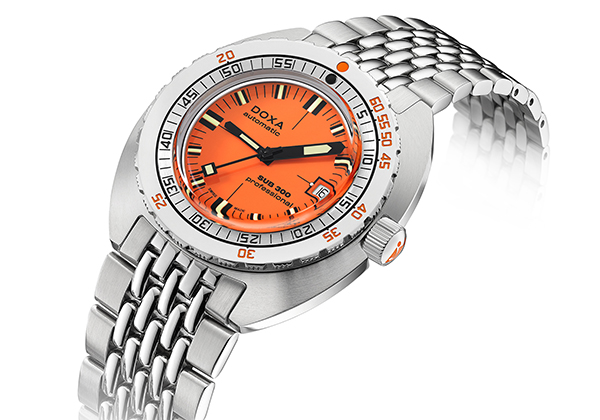
Enter... Superman
These contemporary creations are the result of decades of innovation. Rolex entered the race for waterproofing in 1927, followed in 1932 by Omega. Panerai joined them a few years later, during the Second World War. Nevertheless, it was a completely different watchmaker, Aquastar, that was the first to develop a watch with a depth rating of 500 metres: the Benthos 500. So, although the 300 metre threshold has been overcome, because of the very small pool of potential buyers, few brands care to aim beyond that. Yema changed the landscape by bringing out an affordable dive watch, named – perhaps confusingly – after an airborne superhero: Superman! This model has also recently been reissued.
Defining a standard
Public interest in diving surged under the influence of one of its most charismatic heroes: Jacques Cousteau. Not only did he make diving popular, he also boosted the popularity of diving accessories. On the strength of this, several watch brands brought out models that were waterproof to 300 metres or more. They included the Seiko 6215, part of the Professional 300 collection, along with the Scafograf 300 by Eberhard, followed by the Vulcain Nautical in 1970. As far as the general public was concerned, three hundred metres was now the de facto standard. Nevertheless, it didn’t stop watchmakers from chasing depth records – Rolex, Omega (Ploprof) and Seiko (Prospex) became industry leaders in the field.
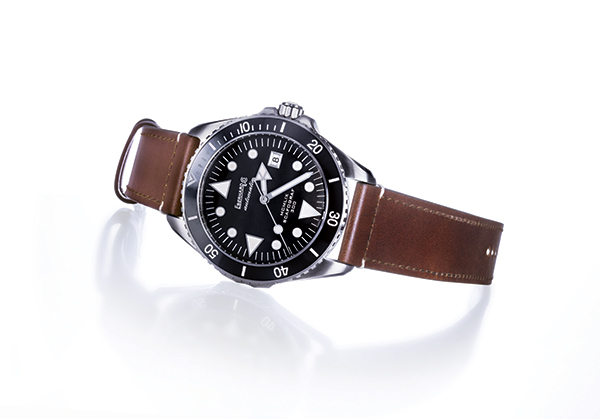
Overcoming technical limitations
But where does this 300-metre threshold come from? Three hundred metres is the depth rating that can be achieved using the usual watch manufacturing tools and techniques: O-ring, standard case, screw-down crown. As time went on, sapphire casebacks started to appear – notably on the Seamaster 300M – in place of the screwed backs that had previously been necessary. Watchmaking progress rendered them optional, at the same time granting a new view of the movement.
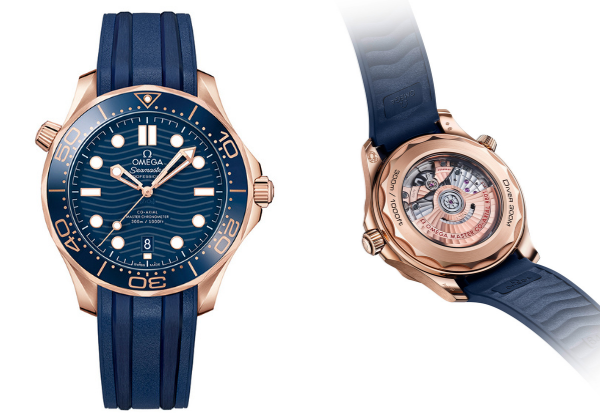
Improvements to movements also played a role. The deeper the dive, the more equipment is needed, and wrist computers have become a common sight on divers’ wrists. And all this equipment is a potential source of magnetic fields, which can jeopardise the performance of mechanical watches. But with silicon escapements, magnetism is no longer a problem, and watchmakers have been able to offer diving watches that can descend to 300 metres, at a democratic price point, without having to fundamentally rewrite the spec sheet. The only recent exception comes from Mauron Musy, a young brand that has developed an alternative to the O-ring. Their “nO-ring” technology is based on three principles: a mechanical seal, a clamp brace and a satellite compression spring. This knock-on solution represents a genuine paradigm shift, propelling water resistance to the status of a “watch exterior complication”.
